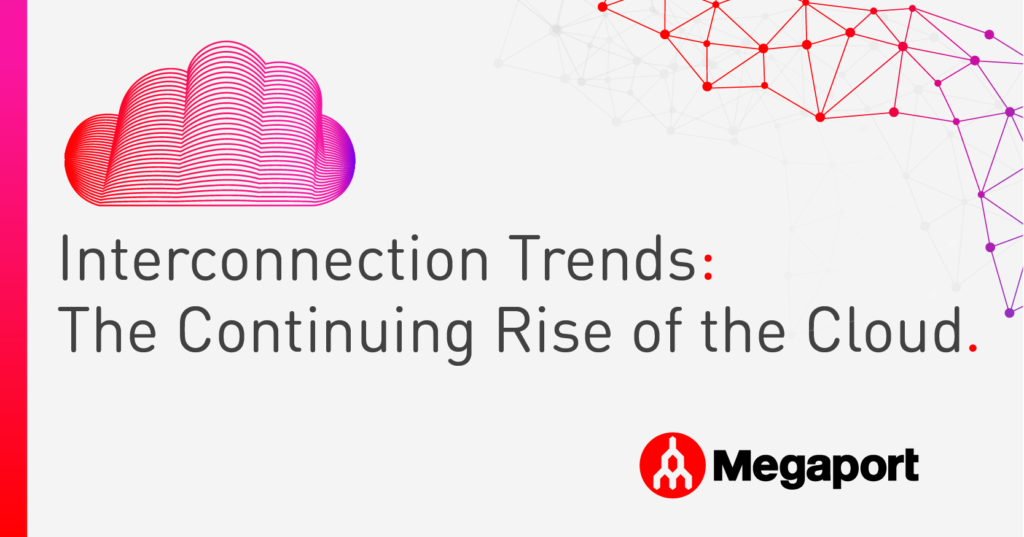
Interconnection Trends: The Continuing Rise of the Cloud
- Cloud networking
- October 22, 2019
- RSS Feed
Global public cloud market to reach $206B; 28% of IT spend going to cloud services by 2022.
Moving to the cloud is nothing new for enterprises. Vast swathes of businesses have been moving their IT operations off-premises, creating new cloud-native infrastructures, and adopting new as-a-service tools and resources.
Despite this clear shift towards the cloud, many organisations are still holding on to their long-established on-premises applications and legacy infrastructures. And though these have been integral to a business’ success in the past, continuing to use aging technology can have a real negative impact on the long-term prospects of an organisation.
The risks of holding on to a legacy
There are a whole host of reasons why businesses remain reluctant about adopting cloud infrastructures and applications – but often, this apprehension risks doing more harm than good.
Legacy systems are expensive to run, will eventually reach end-of-support from their vendors, and often require specialist skills to maintain. Plus, all the time you’re running these systems, you’re accruing technical debt as the technology environment – and likely a few of your competitors – moves on without you. When you do make the decision to catch up, you’ll find yourself making a significant investment of time and resources to pay that debt off.
Why enterprises are still waiting
So, what’s keeping businesses on-premises? For some, it’s the spectre of ‘rip and replace’: a time-consuming, disruptive and potentially expensive way to migrate a business to the cloud. Fortunately, cloud providers are far more flexible these days, and IT leaders can make strategic decisions about which components to move to the cloud and when – and which components need replacing entirely – without creating a new infrastructure from scratch.
For others, it’s a question of complexity. Long-established organisations have long-established infrastructures, and those often have complex interdependencies that need to be preserved for the business to operate effectively. However, this is less of a barrier to cloud adoption as the industry matures and offerings from cloud providers become more sophisticated. Interconnectivity between systems, applications and organisations is now the mode of operation, rather than an inconvenience.
Your organisation might have its own reasons – such as data sovereignty – and it’s important to note that not every application or process needs to be in the cloud. But critically examining each component of your IT environment and understanding where it works best is the only way to ensure you’ve got the highest level of performance and agility possible.
Decisions need to be made
The hesitation we’re seeing from businesses is understandable – but it’s not sustainable. Enterprise IT leaders will need to make their first steps on this modernisation journey for their organisations, and the sooner this happens, the more effective it will be.
At Megaport, we’re expecting cloud adoption to continue in the steady growth we’ve seen over the last few years – particularly as organisations upgrade their legacy infrastructures. In 2018, over half of the connections on our own network were between businesses and cloud services, a major increase from 2017 that’s likely to be up again in the latter part of 2019 – and throughout 2020.
Increasingly, there are more flexible options for companies that are making their initial foray into cloud migration, to help them make the shift affordably and effectively. The ability to scale bandwidth allowances up and down is particularly important – we’re anticipating that scalability will be key for organisations that don’t want to overcommit or overspend on a service, but still need that initial high-volume capability to start their journeys.
Learn more
This is just one of seven key interconnection trends we’ve identified – and we’re tracking its progress throughout this year and beyond. Read our guide to the industry’s top interconnection trends to learn about the rest.


